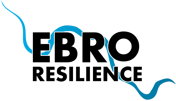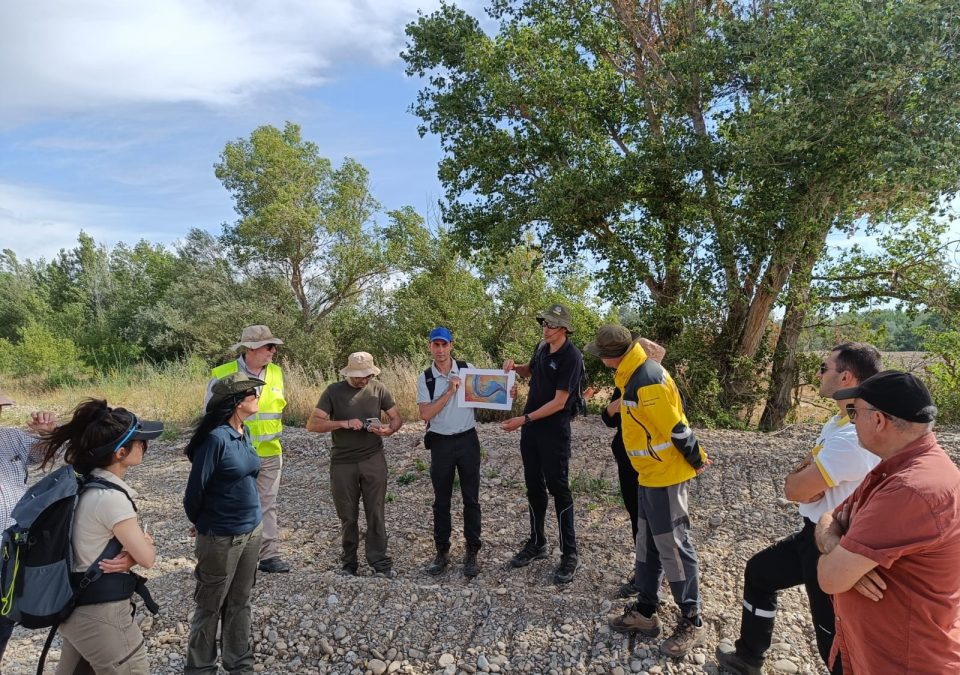25/06/2024 One of the three interventions included in Zone 1 of the LIFE Ebro Resilience P1 Project, (Alfaro, in La Rioja to Castejón, Navarra), aims to recover the functionality of the meander of the Soto de Alfaro by reopening old river branches that used to connect the riparian forest area with the Ebro.
And as public participation, exchange of ideas, analysis and information channels are intrinsic to the project, as was the case in the definition phase of this action, stakeholders were able to check the intervention area in situ, raise any doubts and receive more information on this type of action and its timetable.
On June 18, all the members of the LIFE Ebro Resilience P1 participation spaces were invited to visit the forest, both the people involved in the three co-creation groups in the area, which bring together stakeholders and project technicians, and those who form the conflict transformation group.
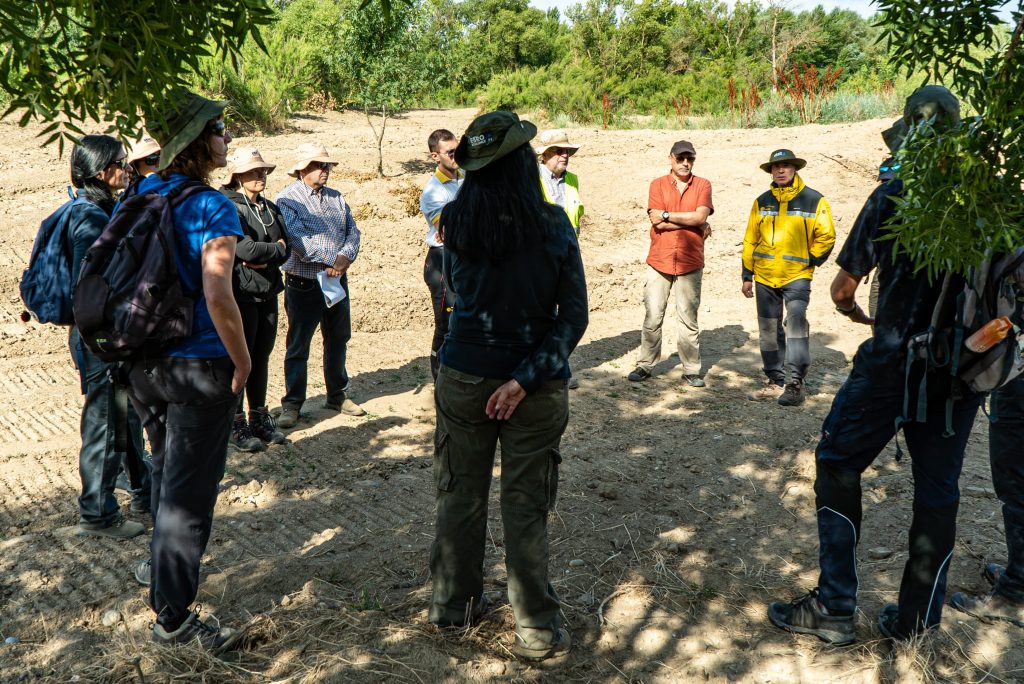
Keys to performance
The people who signed up for this experience toured the 60-hectare area, answered questions and put forward ideas about this type of intervention.
The reclaimed branches will act as irrigation channels for the undergrowth: it will allow the Ebro flows to enter the undergrowth with floods of 800 m3/s and not with the 1,200 m3/s that are necessary now, making the positive effect of the river and floodplain space more effective and reducing the narrowing and erosion effects in the section.
This is an example of the application of nature-based solutions to reduce the risk of flooding.
Following the environmental conditions, the project is being developed in two phases:
- In the first phase, work has begun on land in the meander that does not have any interesting tree vegetation and which was formerly occupied by an aggregate exploitation.
- The second phase will start in September, outside the breeding periods of the species present in the riparian forests preserved in the meander.
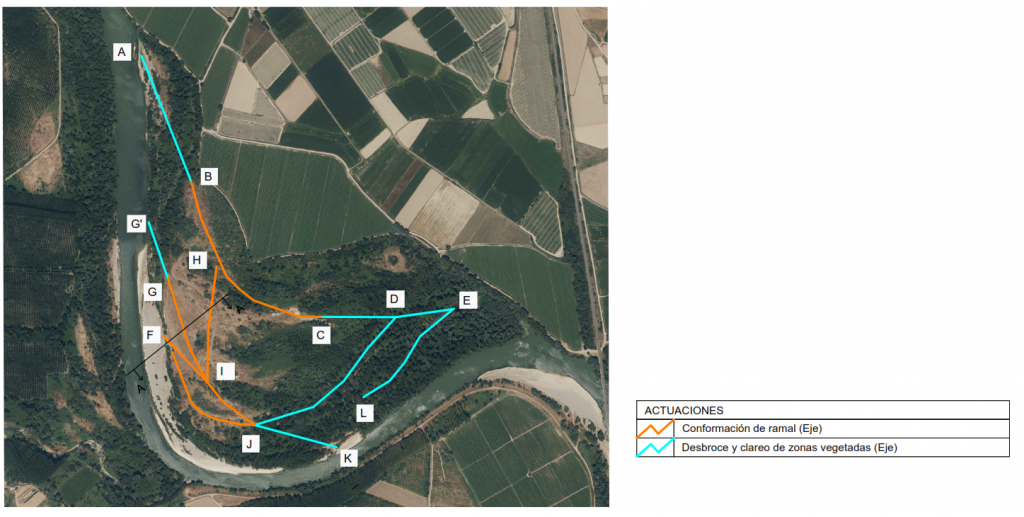
Participation
The definition of the proposal has been done with the participation of the stakeholders, through the stable channels defined in the Participation Plan of the LIFE Ebro Resilience P1 Project, in this case the co-creation group dedicated to Nature and Biodiversity that includes the local population and other sectors involved and the technical representatives of the partners.
Thematic meetings and field visits have been held with them to learn about the intervention area, the reality of the wetland and other similar proposals for the recovery of river branches carried out in the same section.
This section also includes the morphological adaptation of the meander of La Roza, in Alfaro, La Rioja, an intervention in which only remains to complete the environmental restoration and planting being carried out by the Government of La Rioja and which includes the recovery of 22 hectares of river space and which has involved a defense setback, the creation of a relief channel and a wetland, all with the work of the CHE.
In addition, the hydraulic capacity of the railroad bridge has been improved in this section.
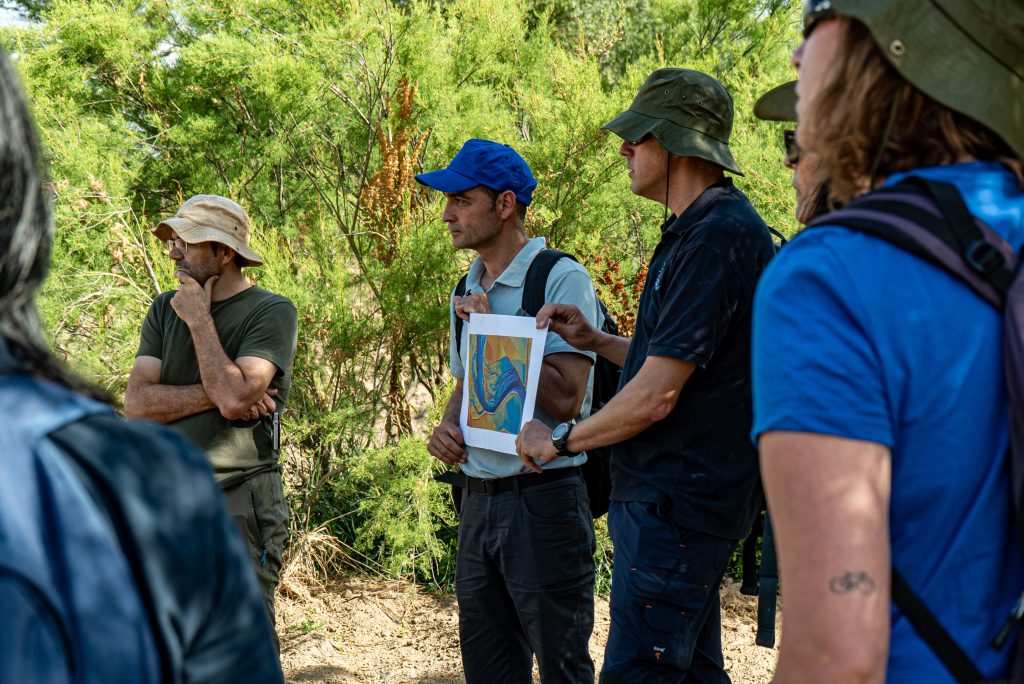
LIFE Project
The LIFE Ebro Resilience P1 Project (LIFE20 ENV/ES/00327), approved by the European Commission in the LIFE 2020 call, covers three autonomous communities (La Rioja, Navarra and Aragón), has a duration of 6 years and a total budget of 13,310,350 €, with 55% European funding.
This project is also an example of institutional coordination and cooperation in the intervention section, its partners being the Ministry for Ecological Transition and Demographic Challenge (MITECO), through its companies TRAGSA and TRAGSATEC; the Ebro Hydrographic Confederation; the Government of La Rioja; the Government of Navarra, through Gestión Ambiental de Navarra, S.A. (GAN-NIK); the Government of Aragón and the Aragonese Water Institute.
